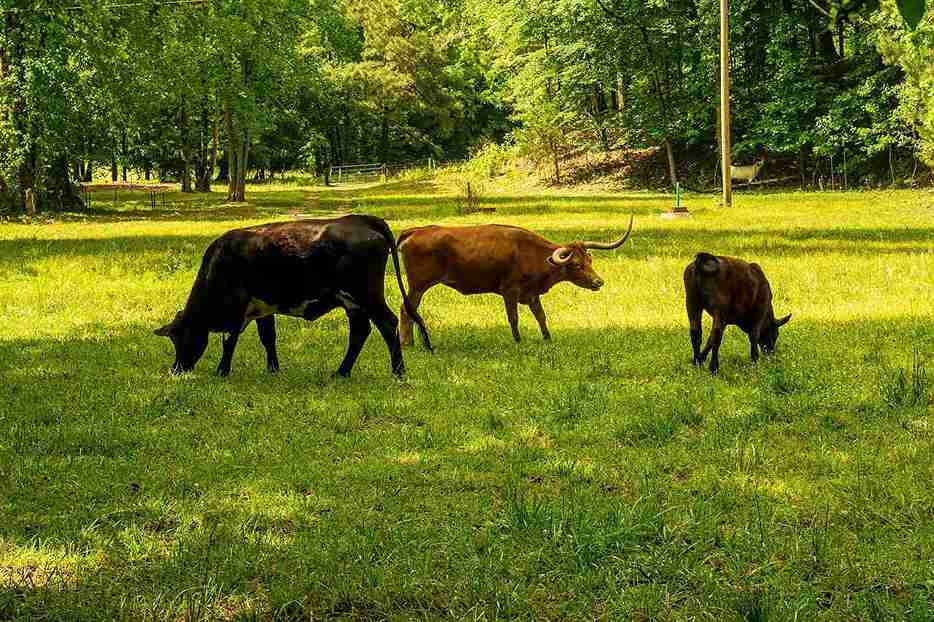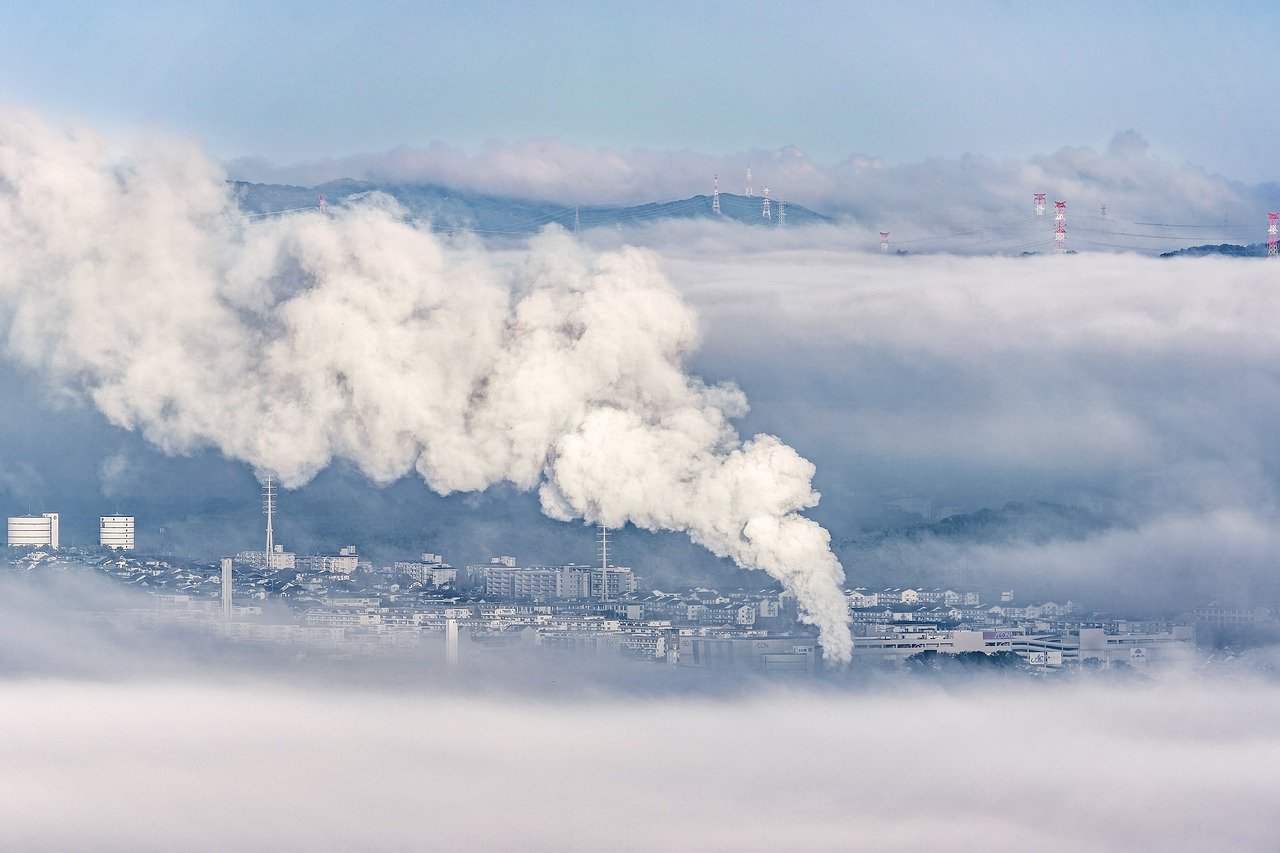
EBT Heroes Friends, the most well-knowing about some cases caused from carbon like emission, climate change, greenhouse effect etc. Also caused by human activities, fossil burning fuels, industrial processes, deforestation, agricultural, transportation and waste (include animal like cow exhale carbon waste).
Baca Juga :
- Oppenheimer’s Movie! Does Nuclear Look Like a Weapon or Energy?
- Indonesia Energy & Engineering (IEE) Series 2024: Advancing Industrial Sustainability
How Greenhouse Effect Happened?
Also when sunlight strikes Earth’s surface, part of its energy is absorbed by the planet’s surface and is reflected back as infrared waves, which humans experience as heat.
These waves travel upward into the atmosphere and beyond into space if they are not obstructed. Gases in the atmosphere like nitrogen and oxygen don’t impede their path. However, some are able to absorb radiation at the proper wavelength, allowing them to re-emit this infrared energy. However, increased levels of greenhouse gases—more specifically, carbon dioxide (CO2)—are trapping more heat, which is raising average world temperatures. The amount of CO2 in our atmosphere has been generally between 200 and 280 parts per million for the majority of the last 800,000 years—much longer than human civilization has existed. (To put it another way, there were 200–280 gas molecules for every million air molecules.) But that concentration has risen in the last century. The amount of CO2 in the earth’s atmosphere exceeded 400 parts per million in 2013, a quantity not seen on the planet in millions of years, due mostly to the combustion of fossil fuels and deforestation. It has increased to more over 420 parts per million as of 2023. Which is 50 percent higher than from industrial activities.
Greenhouse Gas Emissions and The Atmospheric Concentrations

Greenhouse gas emissions, often known as climate pollution, are the emissions of greenhouse gases linked to human activity and climate change. Furthermore, the amount of greenhouse gases released into the atmosphere has increased due to human activity since the beginning of the Industrial Revolution and the development of coal-powered steam engines. The atmospheric concentrations of carbon dioxide rose by 47%, methane by 156%, and nitrous oxide by 23% between 1750 and 2019, according to estimates. We began incorporating artificial fluorinated gases, such as chlorofluorocarbons, into the mixture in the late 1920s.
How About Methane?
Methane powerful greenhouse gas is 30 times as potent as carbon dioxide. Scientists claim that it contributes to approximately one-third of the current global warming.
Methane is the main creator of ground-level ozone, a dangerous air pollutant and greenhouse gas, leading to 1 million early deaths annually. Methane is a potent greenhouse gas as well. Within a span of 20 years, it is 80 times stronger in causing warming than carbon dioxide.
World leaders are fully conscious of the danger it presents. During COP26 in Glasgow in 2021, over 100 countries committed to reducing methane emissions By 30 percent by the year 2030.
Approximately 60 percent of methane emissions are a direct consequence of human actions. The primary sources are agriculture, fossil fuels, wet landfield and the breakdown of waste in landfills.

Emissions from livestock, which come from manure and digestive processes, make up approximately 32 percent of methane emissions caused by humans. The increase in population, economic growth, and people moving to cities have led to a significant demand for animal protein. With the world population nearing 10 billion, this demand is anticipated to rise by as much as 70% by 2050. Methane emissions from agriculture are not solely derived from animals. Rice paddies, flooded fields that limit oxygen penetration and allow methane-emitting bacteria to thrive, contribute to an additional 8 percent of emissions related to human activities.
Baca Juga :
- PT ThorCon Power Indonesia: Nuclear Energy Sector Has a Share of 11% in 2060
- Review of Indonesia’s CV on Nuclear Energy Transition
With emissions being the second largest from human activities, the energy sector is a key focus for commitments to reduce methane.
If every commitment made by nations and corporations were realized as promised and on schedule, it would reduce methane emissions from fossil fuels by 50% by 2030. However, those who have specific policies or regulations in place only aim to reduce methane emissions from oil and gas by 20 percent by the end of the decade.
#zonaEBT #EBTHeroes #Sebarterbarukan
Editor: Savira Oktavia
References:
[1] Methane emissions are driving climate change. Here’s how to reduce them.
[3] CO2 isn’t the only greenhouse gas: Where are the most potent coming from and can they be stopped?



Comment closed